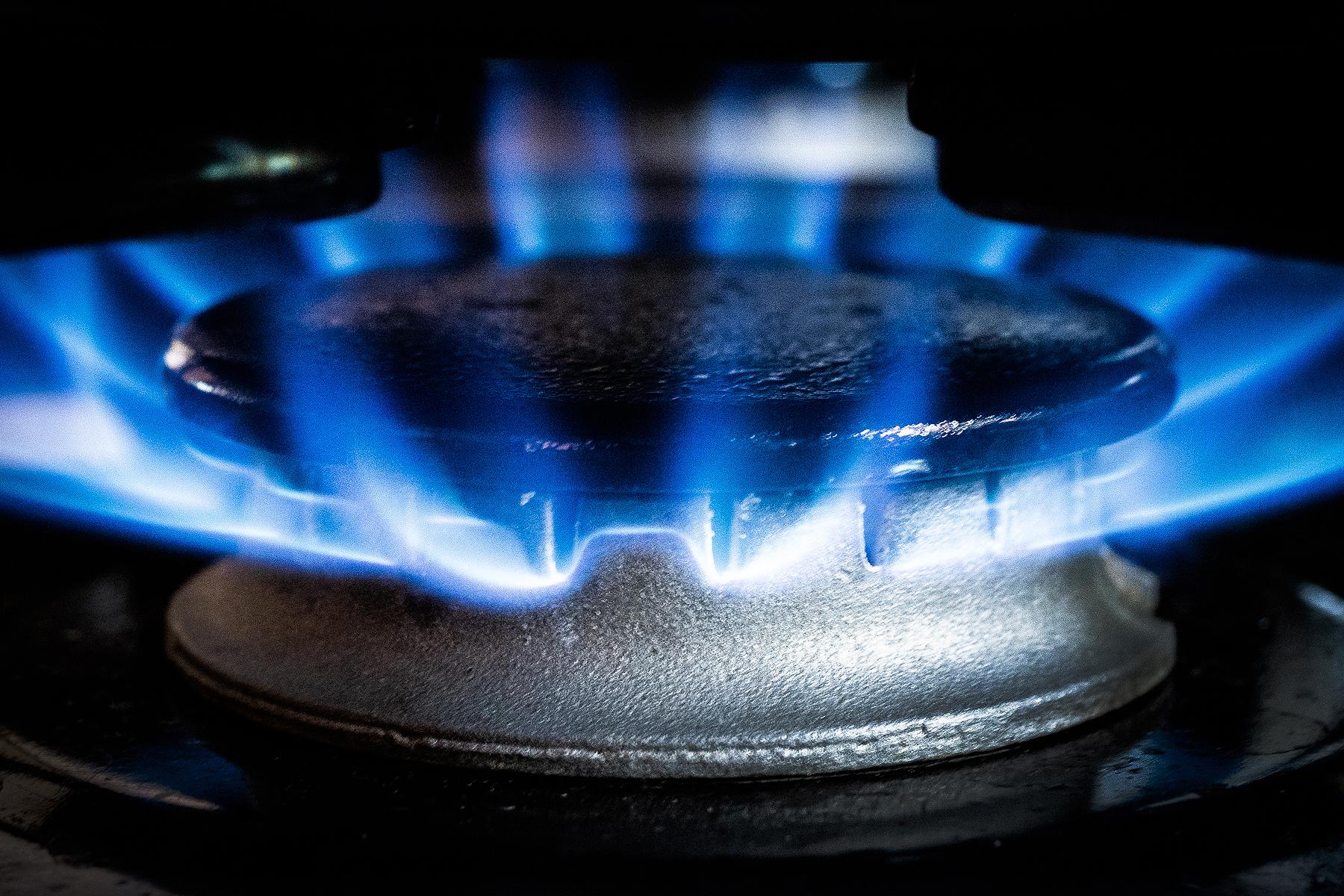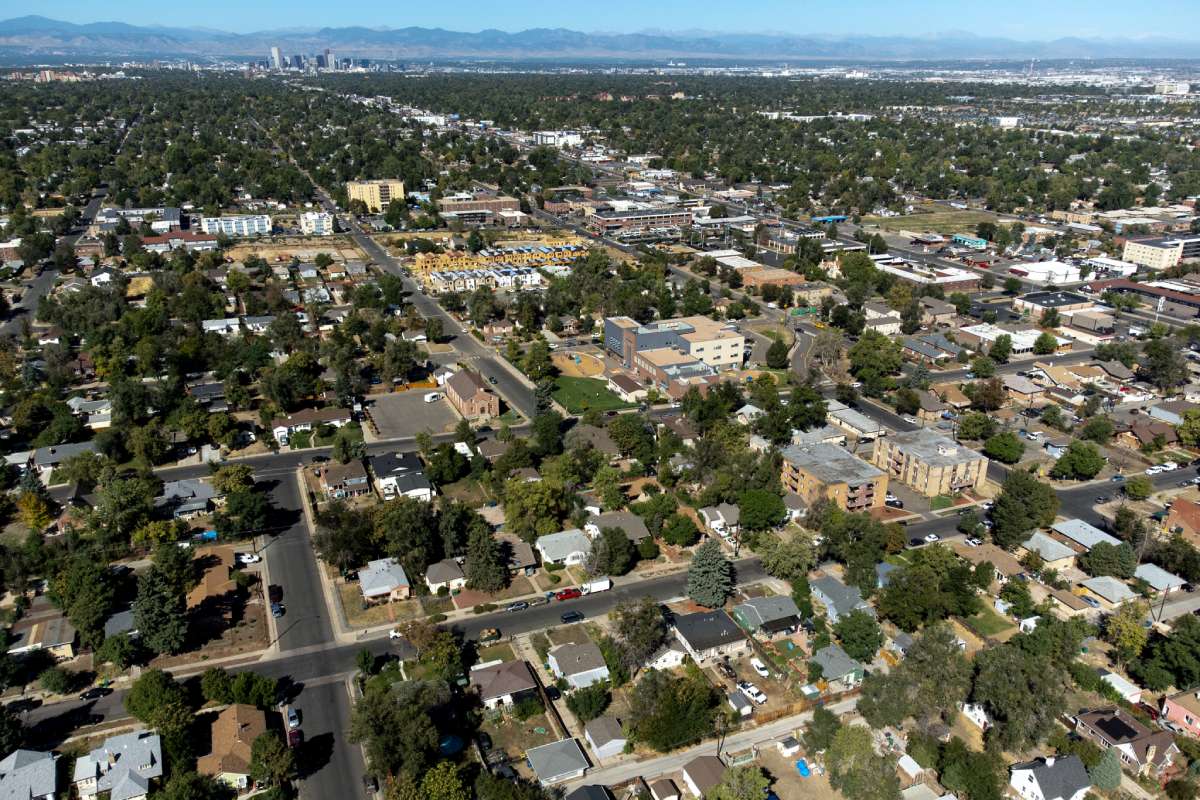
Xcel Energy is asking Colorado utility regulators for a $171 million gas rate hike to cover the cost of investments in its extensive pipeline network.
If approved, the average monthly residential gas bill would increase by $5.94 starting in November, a 9.5 percent increase over current rates. It’d also mark the company’s fifth natural gas or electric rate increase since 2020.
The proposal comes amid continuing concern over rising energy costs. After some households saw heating bills double or triple last winter, Gov. Jared Polis held a press conference and made a public case for transitioning away from natural gas. He and state legislative leaders later approved a new law meant to reduce the risk of future bill spikes. The company also backed off plans for a similar gas rate hike last February, citing “current economic conditions.”
Xcel Energy also faces growing pressure from environmental advocates to transition away from natural gas, a fossil fuel it currently delivers to 1.5 million customers across Colorado. To meet the state’s ambitious climate targets, environmental groups insist the company must halt plans to further expand its gas businesses and shift households onto carbon-free electricity.
In a letter to state utility regulators, Robert Kenney, the president of Xcel Energy Colorado, said the company is working to address both concerns but said the additional rate increase is necessary to ensure “the safety, reliability, and resiliency of the natural gas system.”
“We ask the Commission, and the customers and communities we serve, to recognize that we are, and have long been, balancing necessary investments in the critical services on which our customers depend with evolving policy goals and requirements,” Kenney wrote.
Kenney further noted that more than half of the proposed rate hike would pay for investments it’s already made to improve the gas system’s safety and reliability. By comparison, 37 percent would pay to cover the cost of projects to add new customers to the system or expand capacity to deliver larger amounts of fuel.
Ratepayer advocates, however, fear Xcel Energy’s proposal is really about protecting the utility’s bottom line.
Cindy Schonhaut, the director of the Colorado Office of the Utility Consumer Advocate, said the company knows climate change is already making it harder to justify investments in fossil fuel infrastructure. That’s why she thinks it's trying to collect as much as possible from customers now.
“When the electrification comes along and customers are moving off the gas system, the company will still get to recover those additional costs,” Schonhaut said.
Xcel Energy has proposed measures to limit financial impacts on ratepayers.
In the latest proposal, the company has included an alternative plan to defer the start of the rate hike from November 2024 to February 2025, which would prevent the new rate hike from overlapping with a fee added to customers’ bills to cover the cost of gas Xcel Energy bought during a large winter storm in 2021. That fee added $5.67 a month to the average residential gas bill over the last year and a half.
“This will help to minimize rate fluctuations during this heating season and promote rate stability and predictability for customers,” Kenney wrote in the letter to regulators. “It is also intended to help to lessen the overall bill impact for Colorado customers.”
Xcel Energy submitted the proposed rate hike days after sharing its 2023 earnings report with shareholders. In 2023, the company collected a record $1.77 billion in profit, a slight increase from $1.74 billion in profit in 2022.
If approved, the latest plan would further boost those earnings. As a state-regulated monopoly, the company earns a profit based on its total investment in capital projects like power plants or natural gas pipelines.
The new rate hike proposes increasing the key rate used to calculate that profit — known as return on equity — from 9.2 percent to 10.25, adding $32 million to the amount the company hopes to recover from customers.
- Last weekend’s polar vortex will cost most Coloradans an extra $15 for increased energy costs
- Why Xcel Energy’s push to expand EV incentives has divided climate and consumer advocates
- How a gas utility fought to keep two Colorado towns hooked on fossil fuels
- Here’s what’s behind those scammy social media ads for free solar panels
- In a reversal, Xcel Energy won’t use carbon offsets or certified natural gas to clean up its gas system









